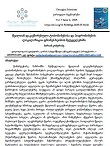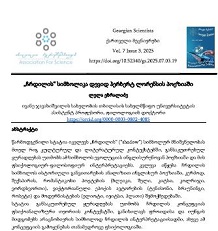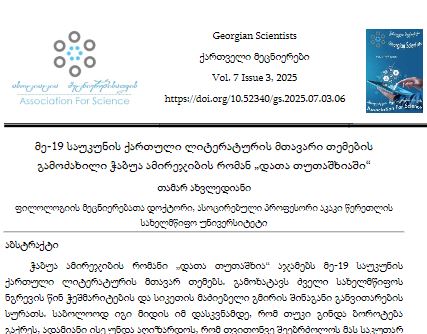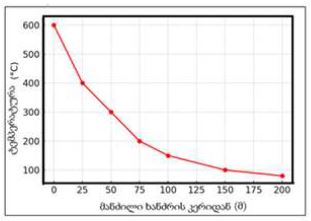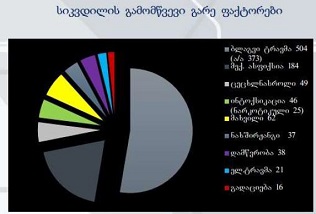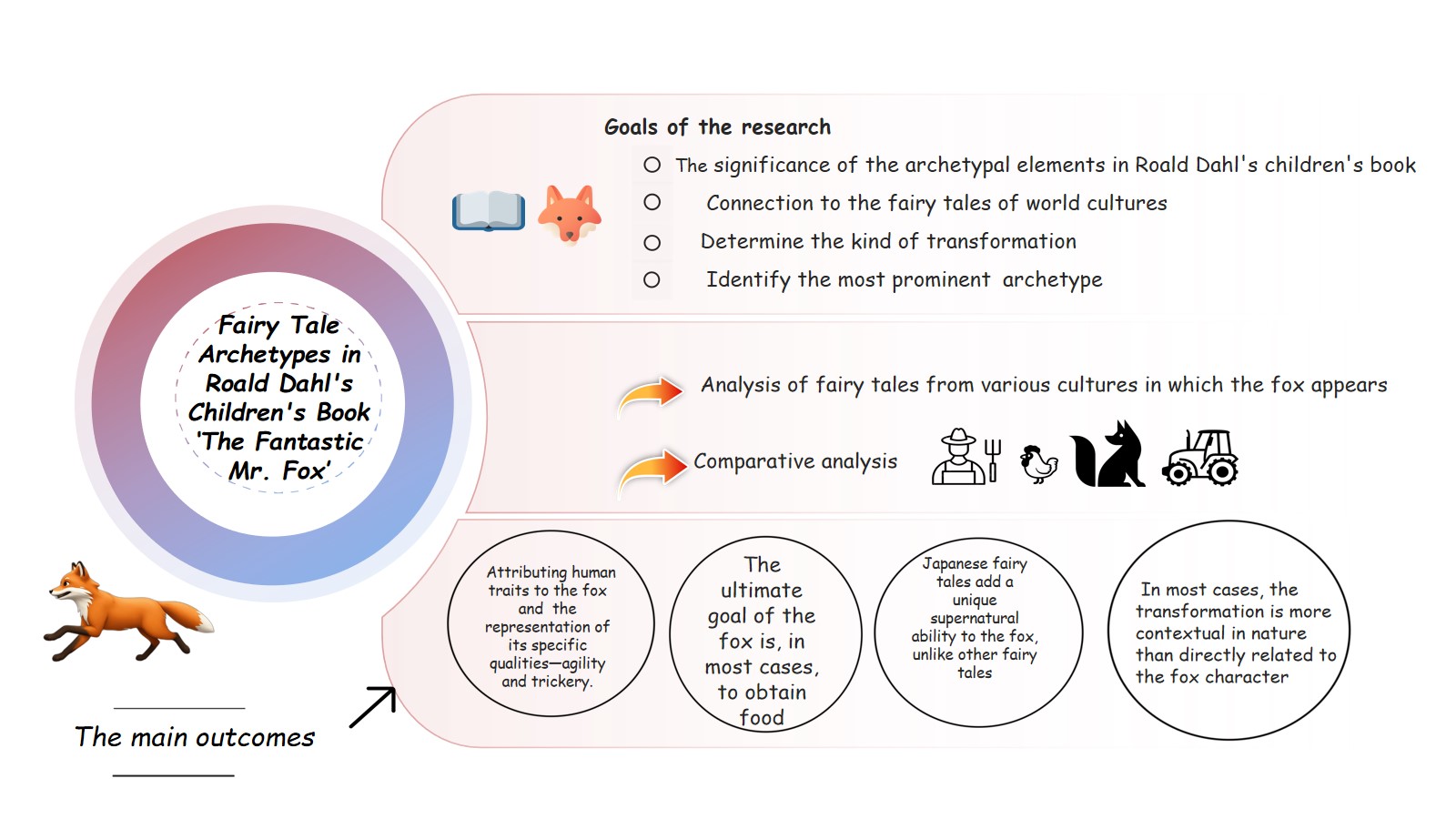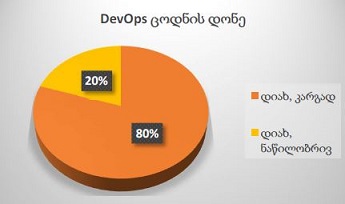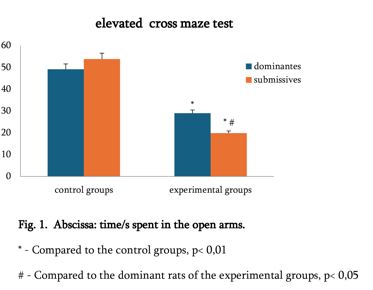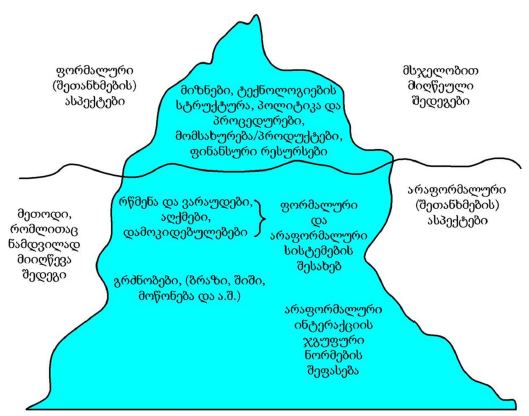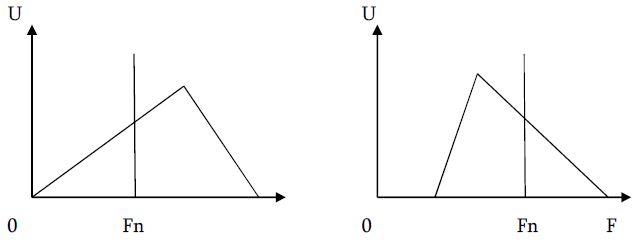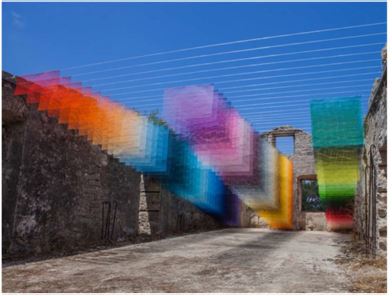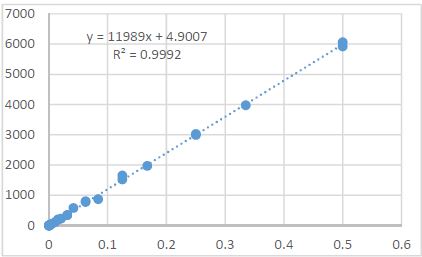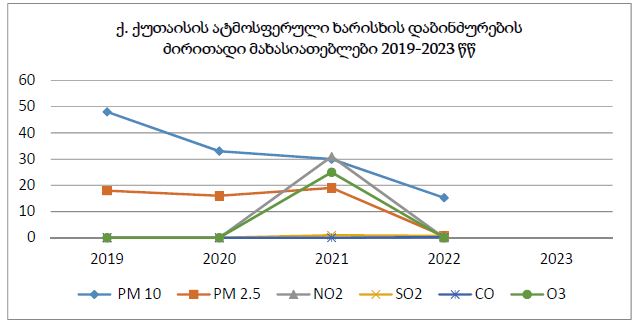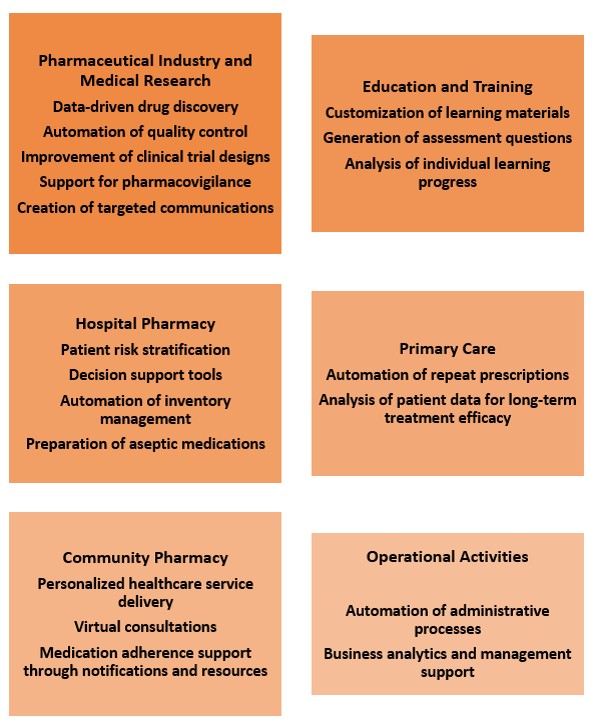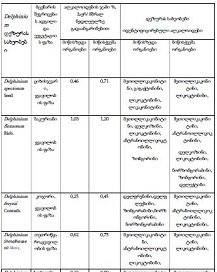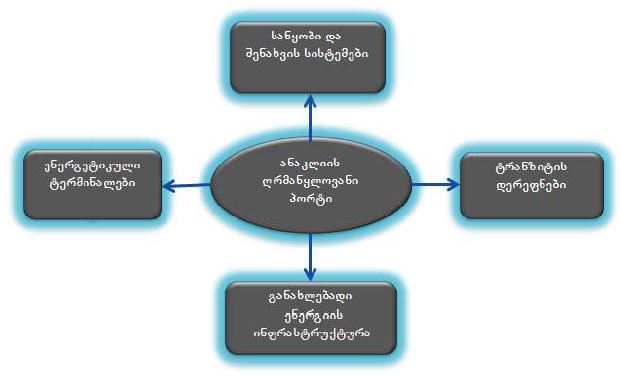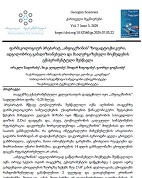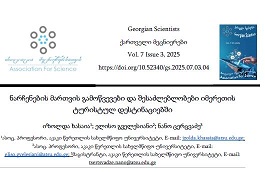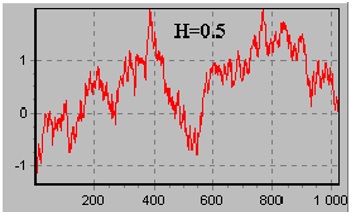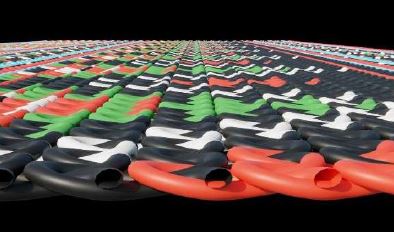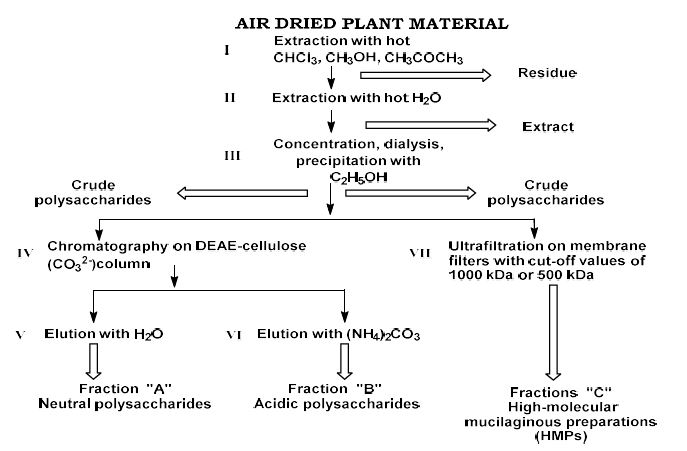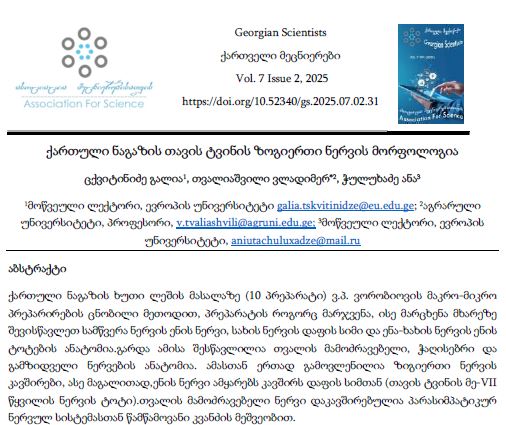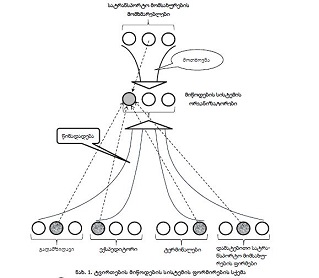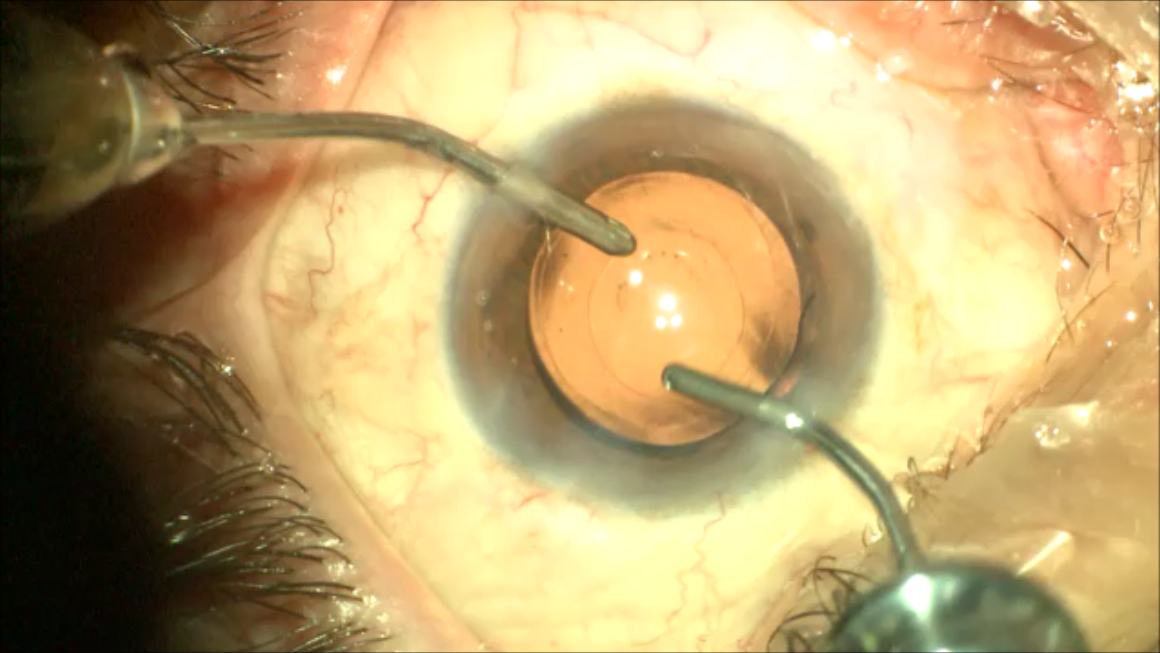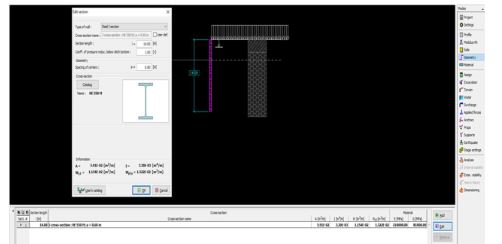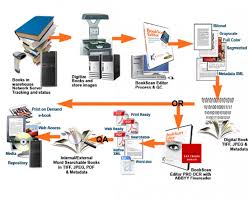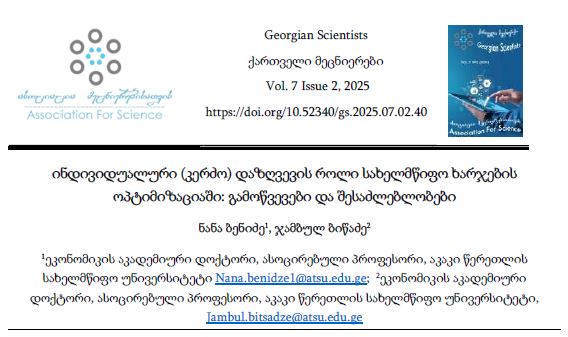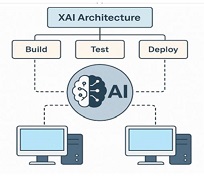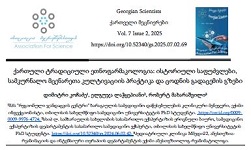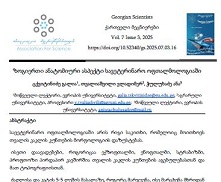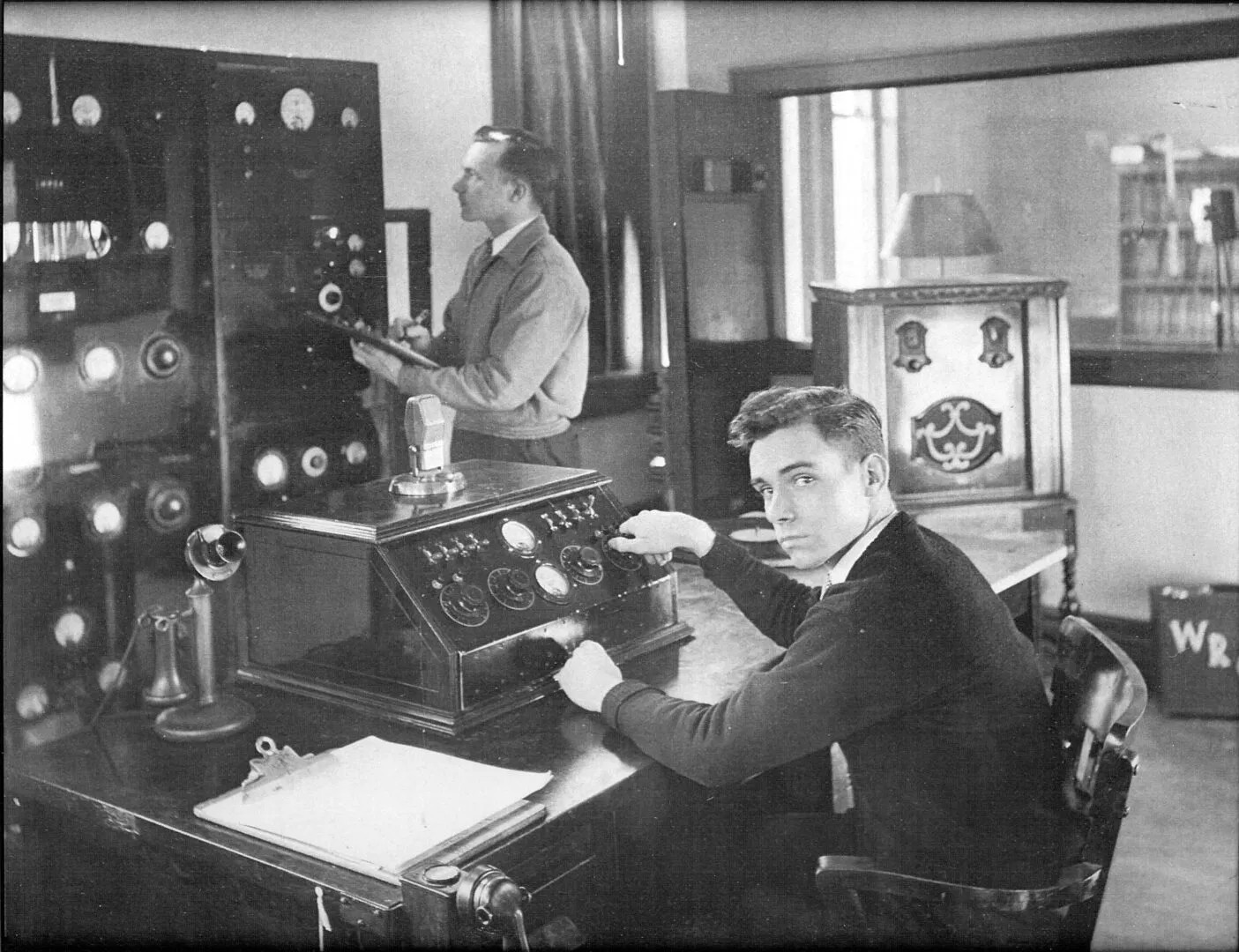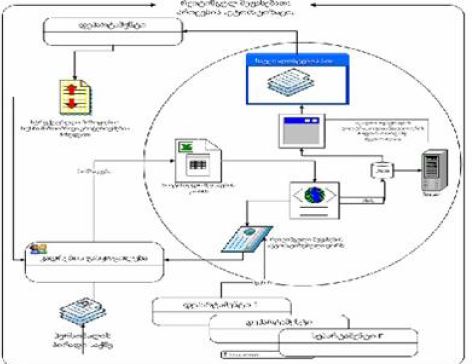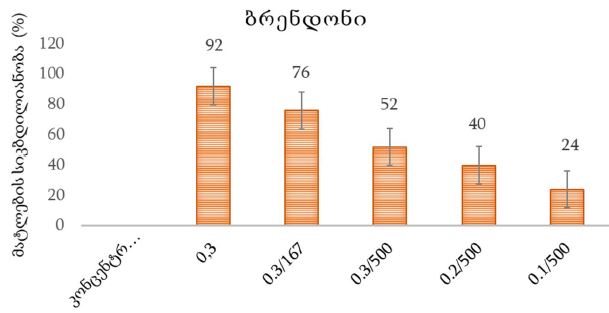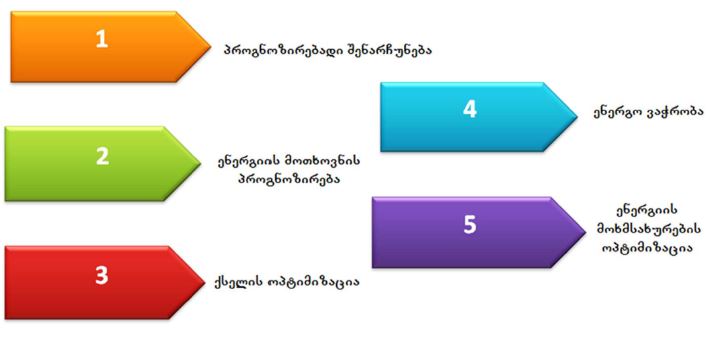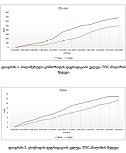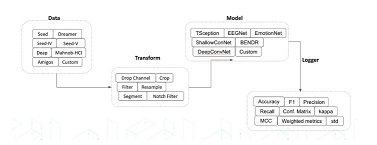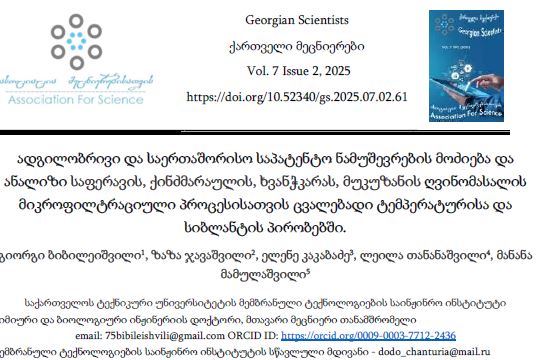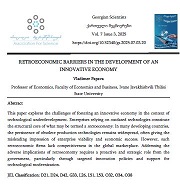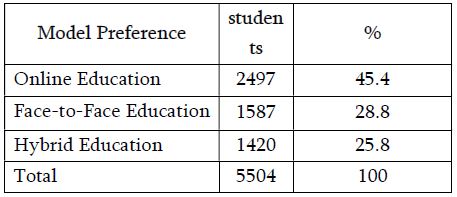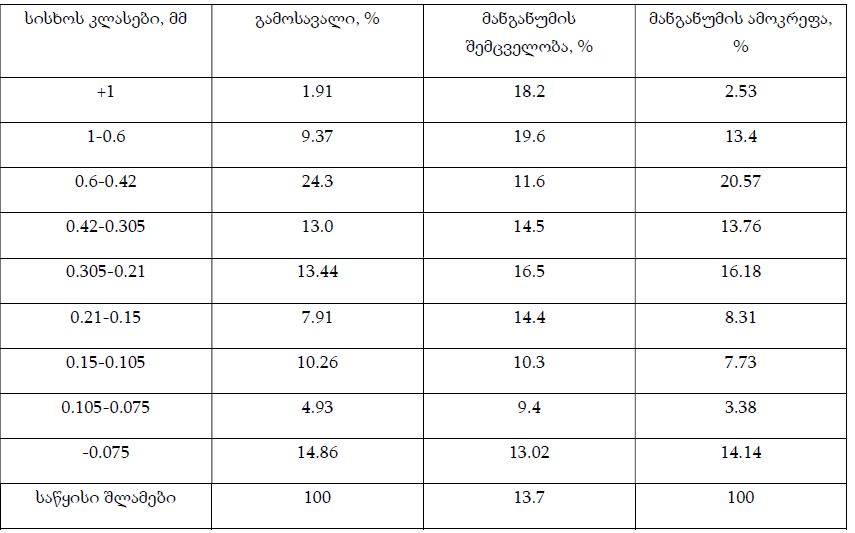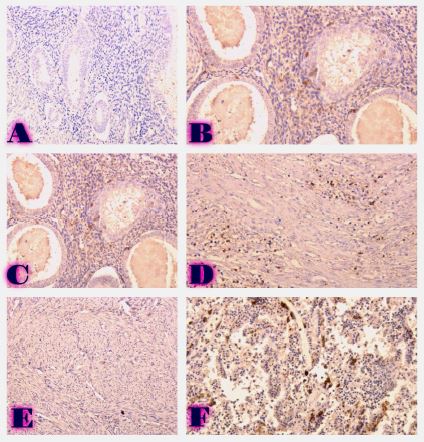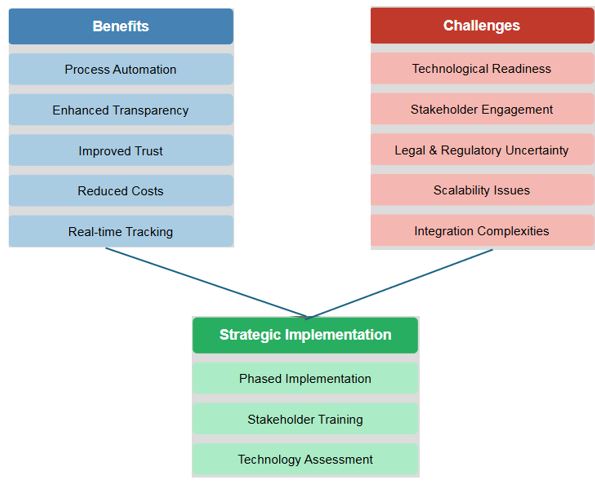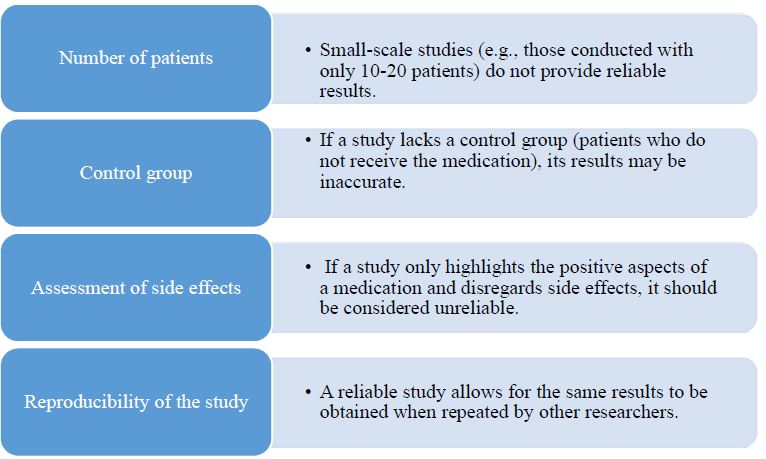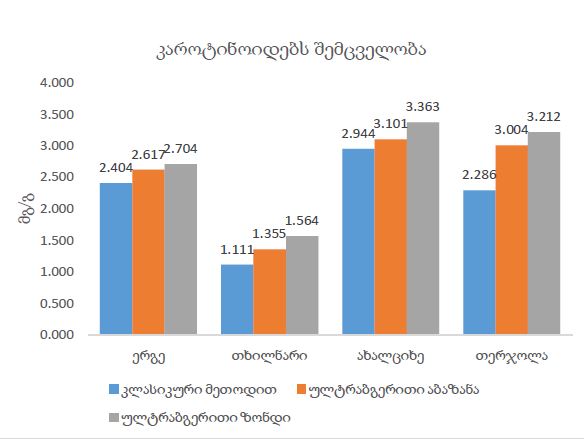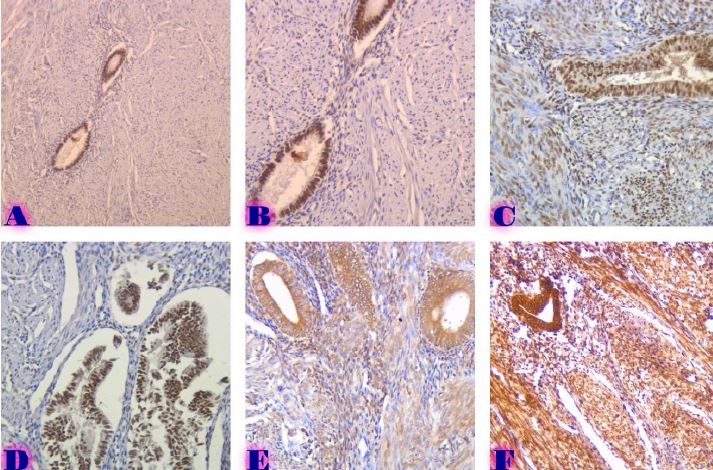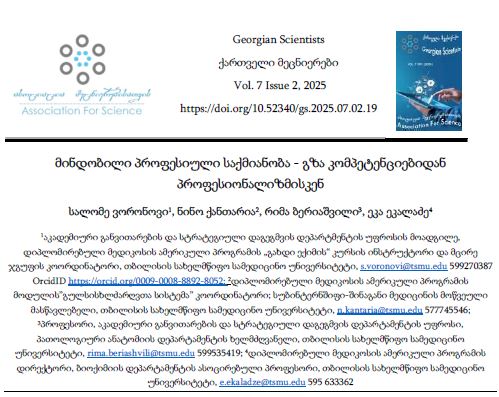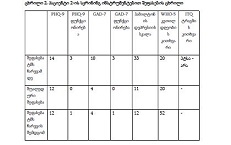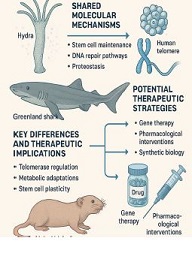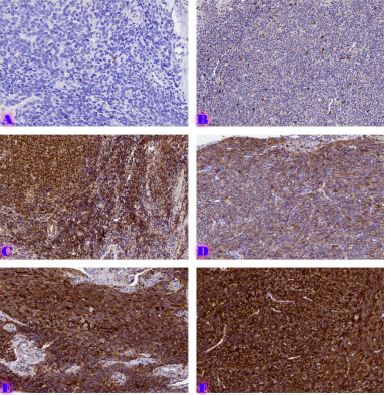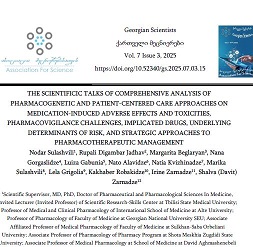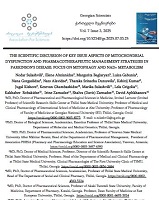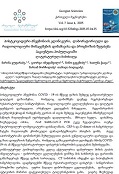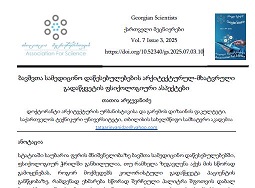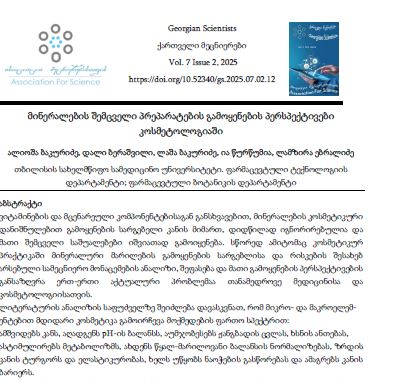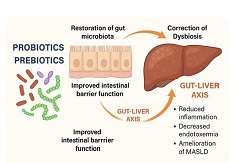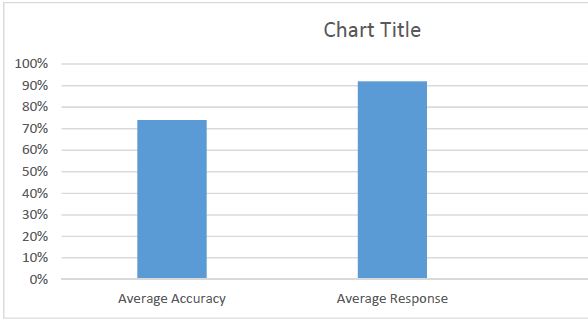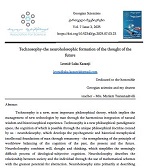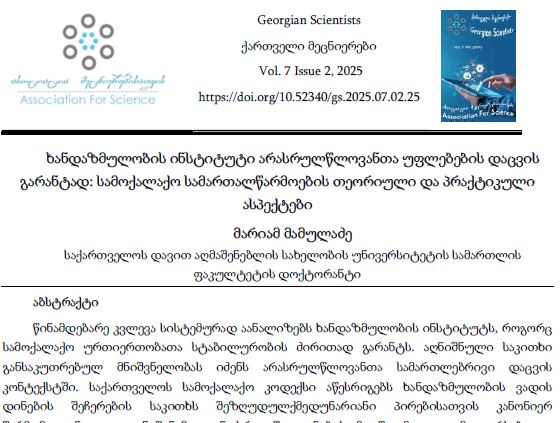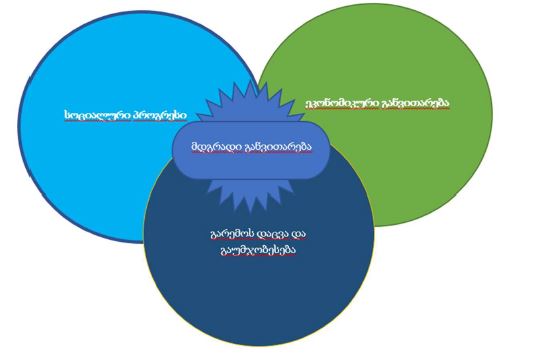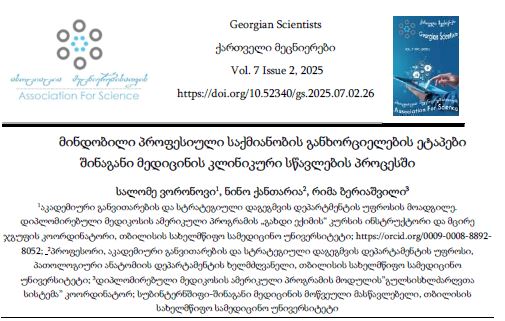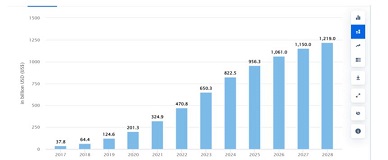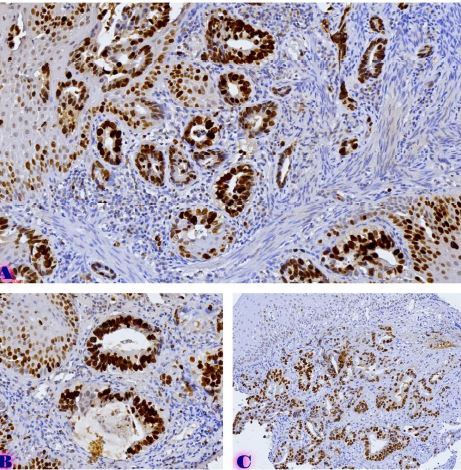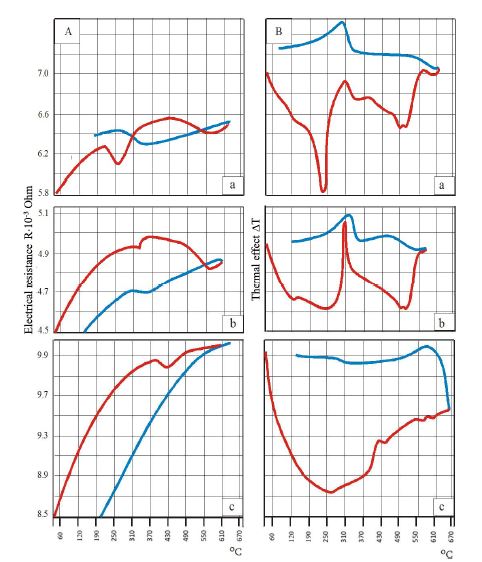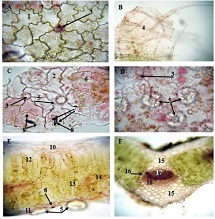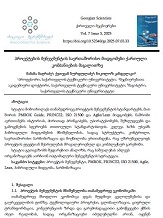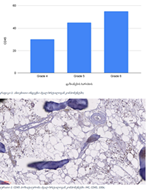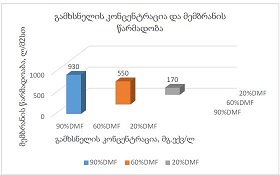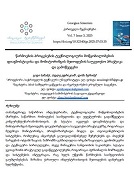Propagation of carbon monoxide in road tunnels in case of fire by considering the critical velocity, backlayering and gradient factor
Downloads
Funding data
-
Shota Rustaveli National Science Foundation
Grant numbers AR-19-1936
The optimal use of transit potential is viewed as one of the basic means under the Economic Development Strategic Plan for Georgia with a primary emphasis on the modernization and development of the transport infrastructure. In this regard, the construction and improvement projects for the main and auxiliary highway structures are planned and carried out successfully across the country, with the construction of over 50 road tunnels in the country being one of the components. The sustainability and safe operation of the tunnels is the criterion for the successful implementation of such complex projects. As a result, it is critical to evaluate all risk factors for the safe operation of road tunnels as objectively as possible [1]. One of the major risk factors for the safe operation of a road tunnel is fires that start and spread for a variety of reasons, with the released carbon monoxide threatening the lives of people in emergency and the excess heat capable of inflicting the catastrophic damage to infrastructure. Thus, fires during the operation of road tunnels are one of the major threats to safety, with the level of risk determined by the likelihood of fire initiation in the tunnel and the severity of the potential damage caused by such a fire. The likelihood of fire initiation in the tunnel, as well as the severity of potential damage from such a fire, are largely determined by the development, planning, and implementation of preventive measures, which will, first and foremost, prevent the initiation and development of fire, and, in the event of fire, will minimize the severity of potential consequences [2, 3]. At the same time, we must keep in mind that saving human lives and health during an emergency is priority number one. In the event of a tunnel fire, one of the primary preventive measures to save the lives of people in emergency situations is the selection and operation of flexible ventilation systems, correct and efficient modes of operation, taking into account the impact of actual processes during the fire. With this in mind, tunnel ventilation systems equipped with modern technologies enable people in the life-threatening situations to evacuate in a timely and organized manner and escape the danger zone. The report presents the outcomes of digital and physical road tunnel modeling. The former is full-scale, whereas the latter is 1:10 scale. Carbon monoxide propagation is determined by the nature of the ventilation flow motion, its critical velocity, backlayering distance, gradient factor, and fire strength. The findings are presented in the form of graphs and tables, which can be used to develop life-saving and emergency control projects in the event of a fire, taking into account the specific tunnel geographical conditions, geometry, and other relevant data.
Downloads
Metrics
O. Lanchava. Analysis of critical air velocity for tunnel fires controlled by ventilation. Mining Journal No 1, Tbilisi, 2019: 126-132.
O. Lanchava, N. Ilias, G. Nozadze, S. Radu, R. Moraru, Z. Khokerashvili, N. Arudashvili. FDS Modelling of the Piston Effect in Subway Tunnels. Environmental Engineering and Management Journal 18 (4), 2019: 317-325.
O. Lanchava, N. Ilias, G. Nozadze, S. Radu, R. Moraru, Z. Khokerashvili, N. Arudashvili. The impact of the piston effect on the technological characteristics of ventilation in the subway tunnels. Proceedings of 8th International Symposium “Occupational Health and Safety” SESAM, Vol. 2, Petrosani, Romania, 2017: 342-352.

This work is licensed under a Creative Commons Attribution-NonCommercial-NoDerivatives 4.0 International License.





